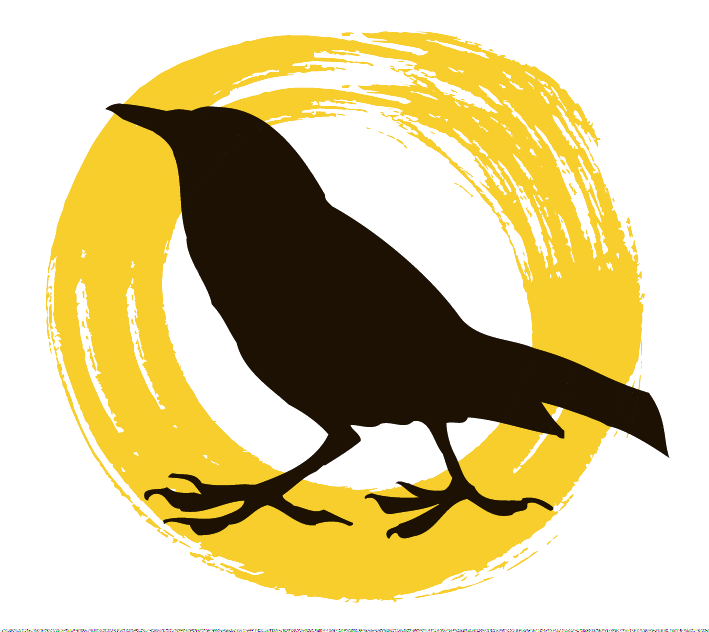If you find an injured animal, please call us immediately at (434) 263-4954 or call the Wildlife Center of Virginia at (540) 942-9453. Injured wild animals require expert care and not every veterinarian is equipped to deal with the particular needs of different species. By calling the Sanctuary or the Wildlife Center of Virginia, you ensure that the animal you’ve found will receive the best possible care. For most injured animals who do require assistance, we recommend:
Call the Sanctuary to discuss the situation.
Wear heavy gloves if you need to touch the animal.
Place the animal in a small, cloth-lined container or box with both privacy and ventilation.
Keep the animal warm with a heat pad or water bottle filled with warm water (make sure the heat source is not directly on the animal).
Do not attempt to feed any animal anything until you have been advised by a professional.
Do not attempt to treat the animal’s wounds.
Always wash your hands well after handling animals. Use soap and water for at least 30 seconds.
After 5:00 p.m., The Wildlife Center of Virginia's veterinarians are on-call to help deal with wildlife emergencies. Wildlife rescuers may call the Center’s number to receive the on-call phone number, then leave a message for their on-call staff. A wildlife emergency includes animals that are having trouble breathing, are non-responsive, lying on their side, bleeding profusely, have broken limbs, or have extensive wounds. Animals that have been in a cat’s mouth do need treatment even if they aren’t obviously injured; please call the Center for advice.
Please note that in Virginia, wildlife rehabilitators are not permitted to treat adult deer or coyotes. If you find an injured adult deer or coyote, call your local sheriff’s department, animal control, or VDWR officer. Wildlife rehabilitators are also not permitted to treat and release non-native species, including European Starlings, House Sparrows, Rock Doves [pigeons], Mute Swans, and red-eared sliders.
Capturing Injured Wildlife
Use caution when attempting to capture injured wildlife. Even very debilitated wild animals will attempt to defend themselves. Proper safety equipment (gloves, protective eyewear) should always be used. Other helpful items include blankets/towels, nets, or anything else that allows you to assist the animal without coming into direct contact.
Prepare a crate or a box for the injured animal. Line the bottom with a sheet or non-looping towel so that the animal can stand without sliding around.
In most cases, throwing a towel or sheet over the animal works well; this helps contain/restrain the animal, and also covers its eyes, which helps reduce stress. Wearing protective gloves, pick up the animal and move into the transport container. Use extra caution when assisting mammals [see separate pages for information on rabies vector species].
Secure the container so that the animal cannot escape. If using a cardboard box, make sure flaps are secured with duct tape.
House the animal in a warm, dark, quiet area, away from people and pets. Resist the urge to peek or take photos; while this may be an exciting experience for you, remember it is quite stressful to the wild animal. Avoid talking, loud music, and other disturbing noises. Unless otherwise instructed by a permitted wildlife rehabilitator or veterinarian, do not feed or give water to the animal. Food can often end up making an injured animal sick; it can also impede further treatment when a wildlife rehabilitator receives the animal!
Get the animal to a permitted wildlife rehabilitator or veterinarian as soon as possible.
